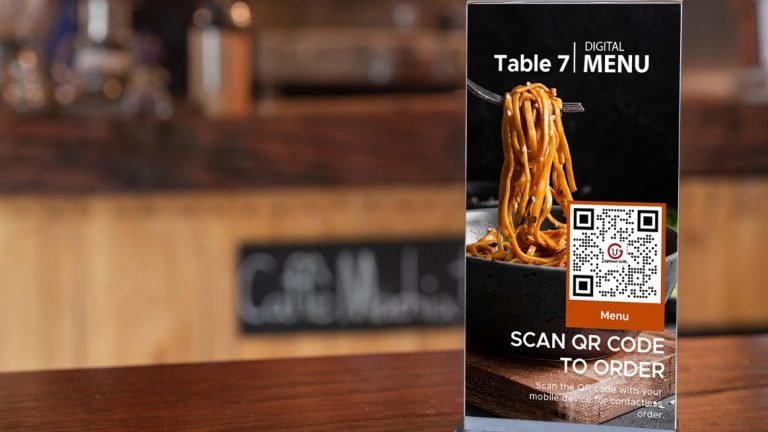Pricing your menu list can be frightening; you’ll have to look at a lot of data and mathematical equations to figure out how much your item should cost. From completing recipe costing to estimating final dish costs, menu pricing should encompass your restaurant’s total costs. This is how your menu price should be put up properly.
For example, suppose you want to construct a digital menu using an interactive restaurant menu QR code software for your business, but you can’t finish it because you’re stuck on the dish price; therefore, everything you’ve done for that digital menu will be on hold for a while until you finish your pricing.
So, to keep working on your interactive digital menu, here are some pricing ideas to consider.
Pricing strategy for your restaurant’s menu list
When it comes to pricing your menu list, you can use a variety of business tactics. Your market, target customer, brand, demand for your restaurant concept, rivalry, and suggested retail price of your menu dish are the most frequent factors to consider in your pricing strategy.
Thus, you should look into these pricing strategies before creating an interactive restaurant menu so that you can add the right costing.
- Understand the actual costs of your restaurant.
The controllable costs of your business are the basic costs of your restaurant, which are a combination of the commodities sold and the labor costs of your restaurant. Moreover, your sales analytics have a significant impact on this too.
In understanding the total costs of your restaurant, you should be able to strategize the proper pricing for your menu list. This will make you consider the fundamental factors for your restaurant to acquire a profit, like direct, indirect, overhead, and seasonal costs.
- Assess the cost of your recipe.
To be actionable on the market’s price increases and rollbacks, you’ll need to modify your recipe elements’ shifting price regularly.
In assessing the cost of your recipe, you would be able to adjust your price depending on the market’s demands and the availability of your staple ingredients.
- Calculate the profit margin percentage.
Calculating the plating cost might be easy to determine. However, you need to consider that the profit margin is regulated through recipe costs, raw ingredient costs, and operations costs.
Profit margin percent = ([Total revenue – Total expenses]/Total revenue)*100.
- Price changes in staple ingredients should be noted.
Knowing how to recognize price changes in your menu’s essential items will force you to watch your food expenditures closely. You’ll be able to find alternative ingredients to make up your menu recipe this way. To stay up with the expectations of your clients, it’s also a great marketing plan to be on the lookout for menu recipe options continuously.
- Consider your menu pricing carefully.
Know your recipe pricing template, which includes a breakdown of essential ingredients in your menu. The sections include ingredients, purchased unit, unit purchase cost, yield, actual unit cost, serving unit, unit serving cost, portion size, and portion cost.
Other critical factors in costing your menu
When calculating the cost of your menu, there are a few things to keep in mind. Direct fees, indirect costs, administrative charges, and seasonal costs are all included.
- Direct cost
Your menu’s major components are direct costs. It refers to the cost of your ingredients and food waste, and portion proportions.
- Indirect cost
It covers costs related to food preparation that are not included in preparing the components. Water, electricity, gas, and labor are examples of indirect costs.
- Overhead expenses
These are the costs of running your business. Some overhead charges include rent, marketing budget, and refurbishment costs.
- Seasonal cost
Seasonal costs include the hiring of more employees to work during peak seasons. Some also take into account seasonal variations in the price of ingredients.
Conclusion:
If you price your restaurant’s menu correctly, your business will be significant and dependable to your possible target customer. As a result, you must examine the most critical aspects when choosing menu pricing.
Even if you price a food item lower than the competition, the appropriate menu pricing will help your business increase sales and profits. The reasonable price will provide you with a clear picture of making a profit on your sales while avoiding severe financial losses when running a business.





